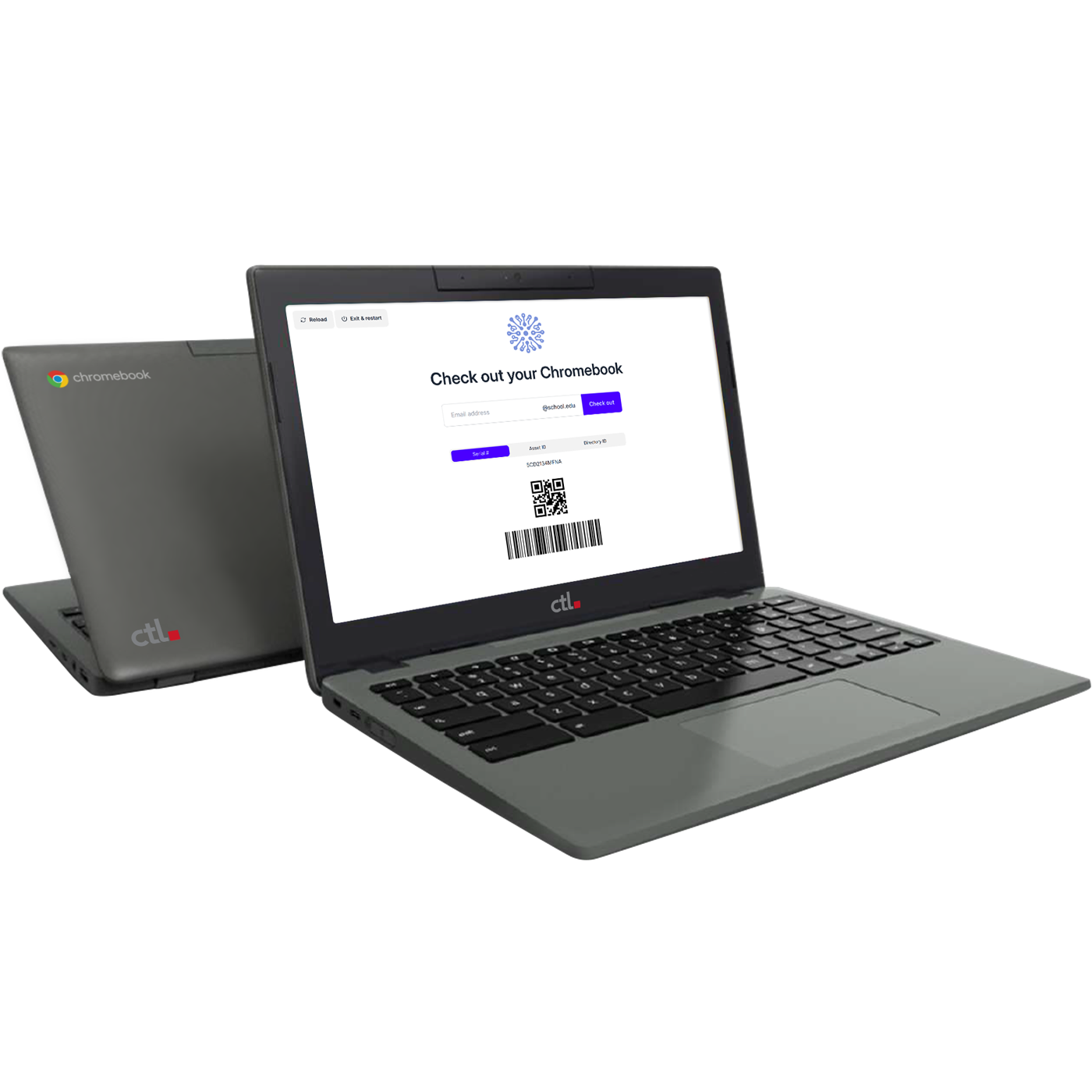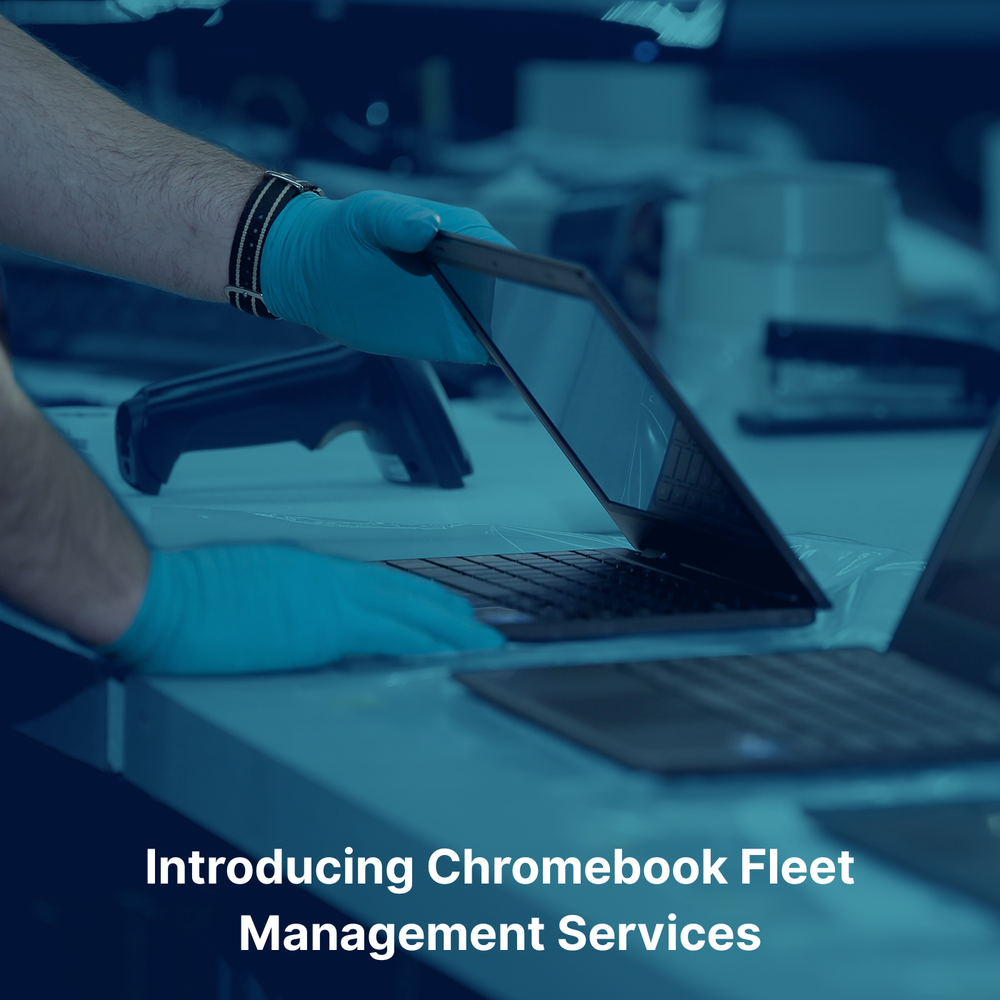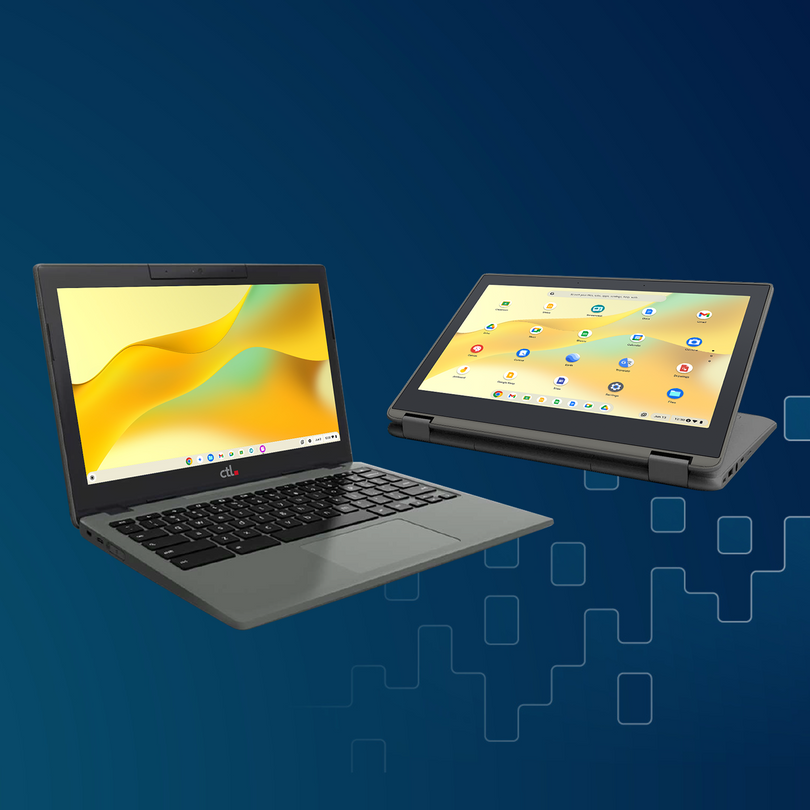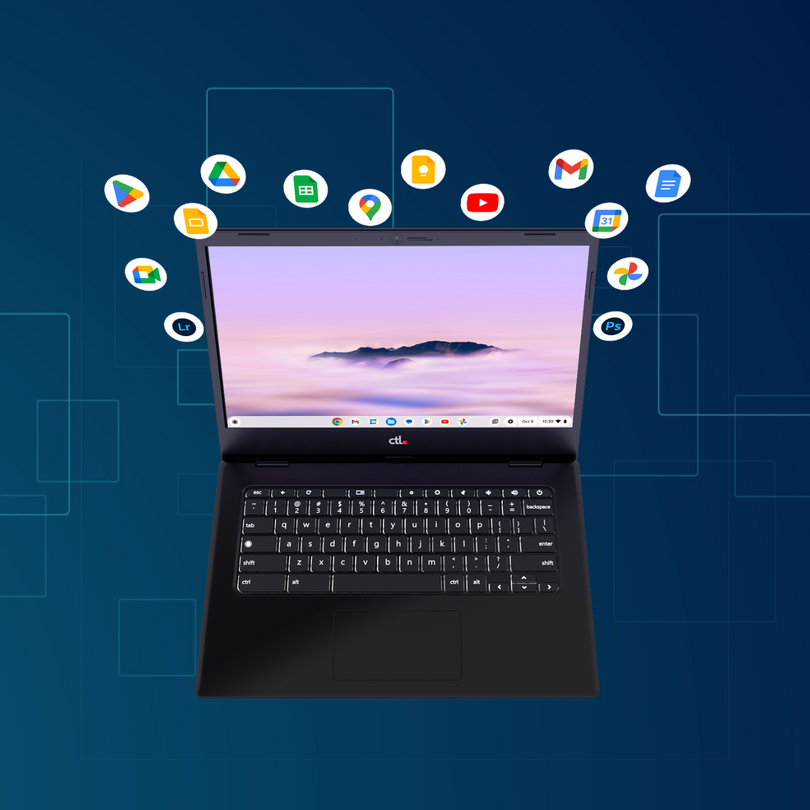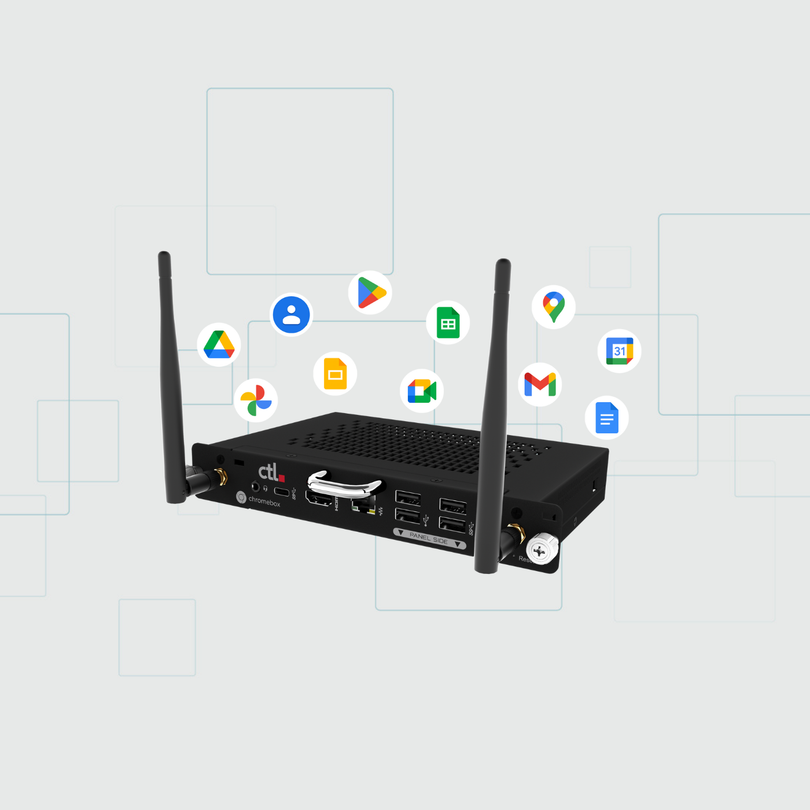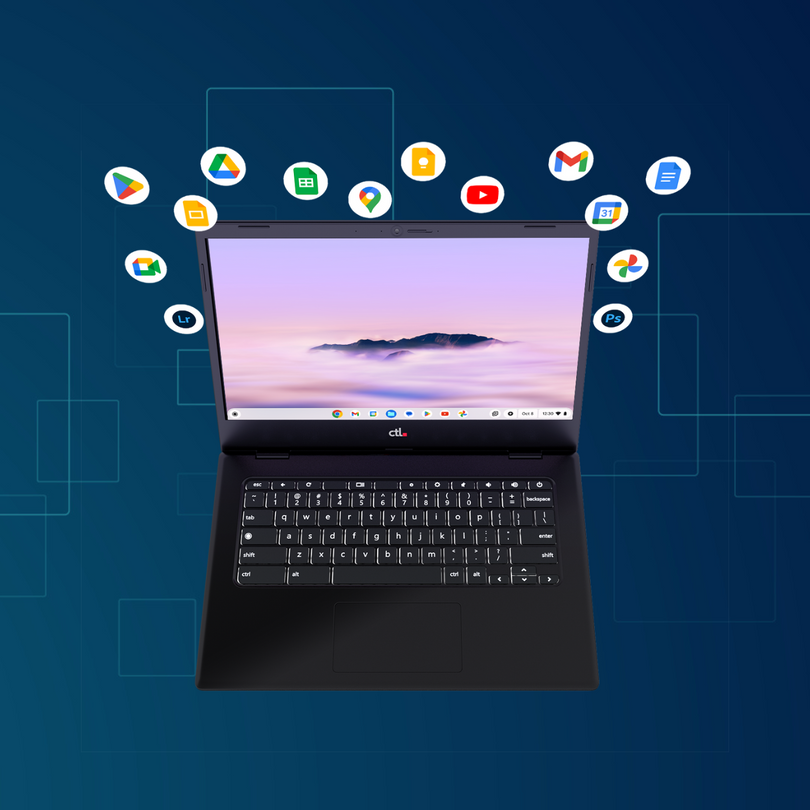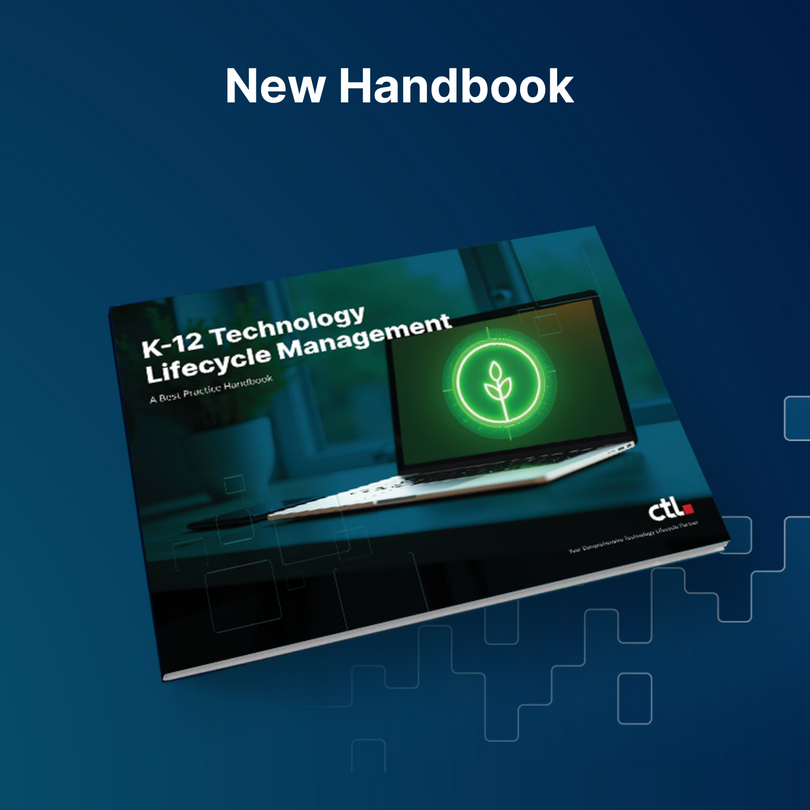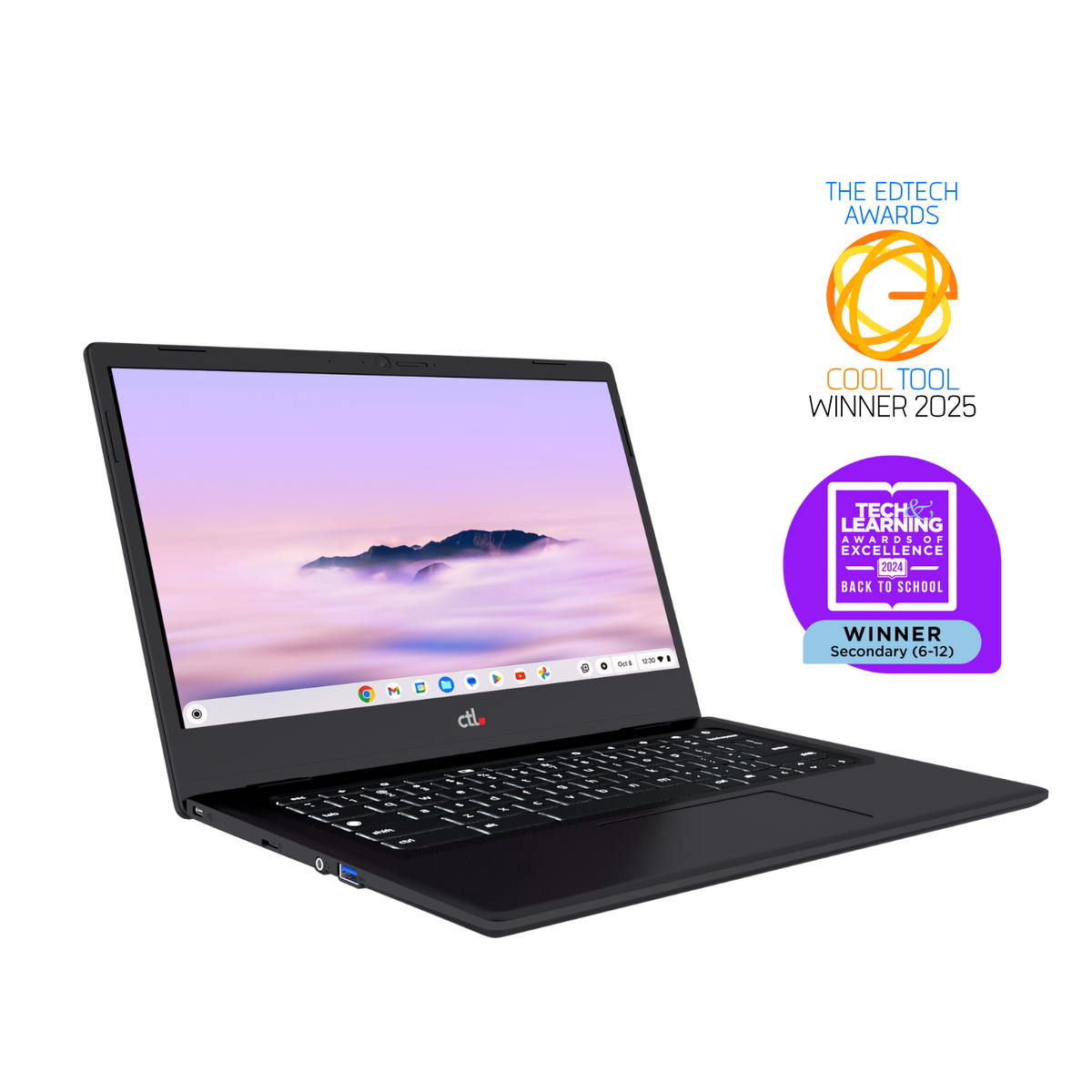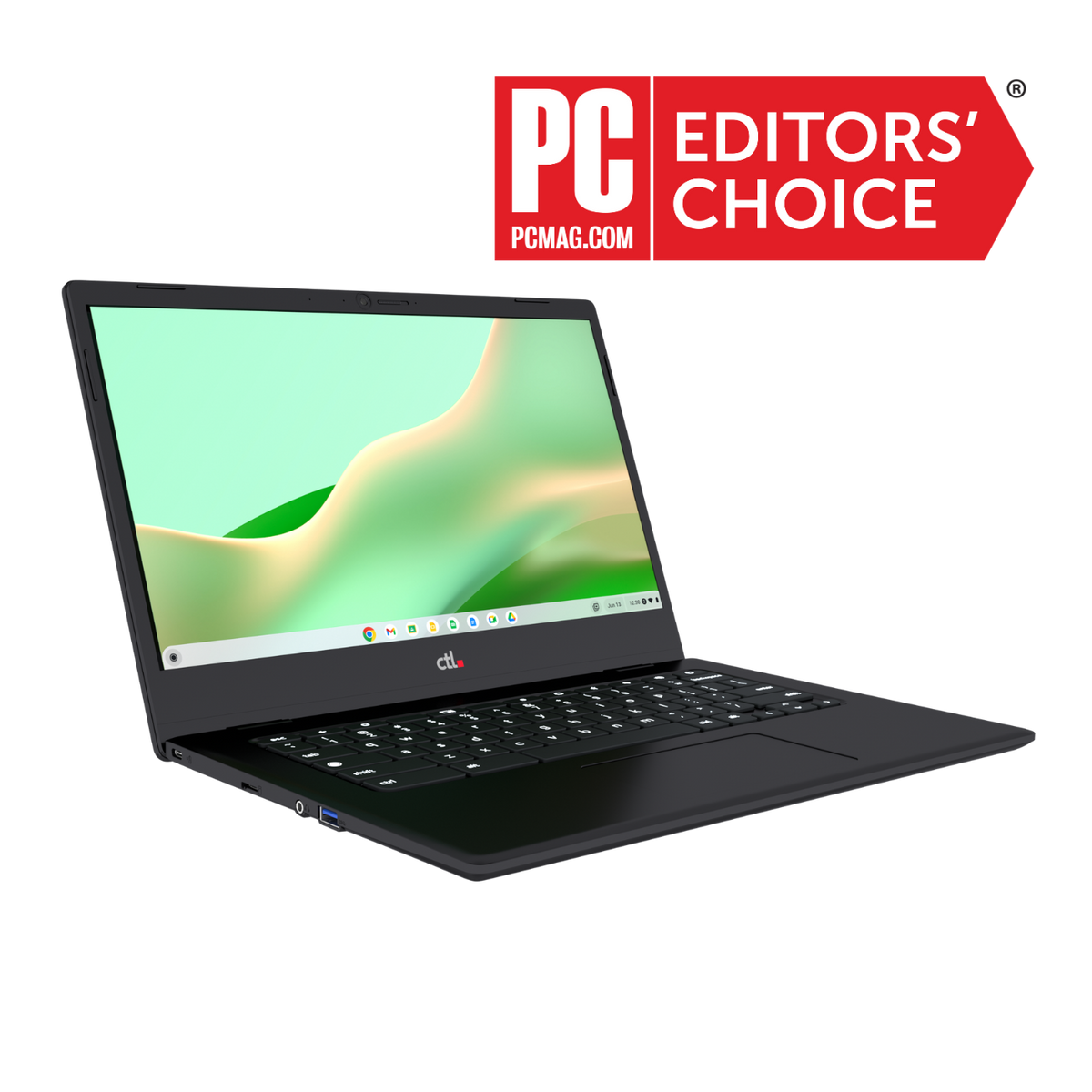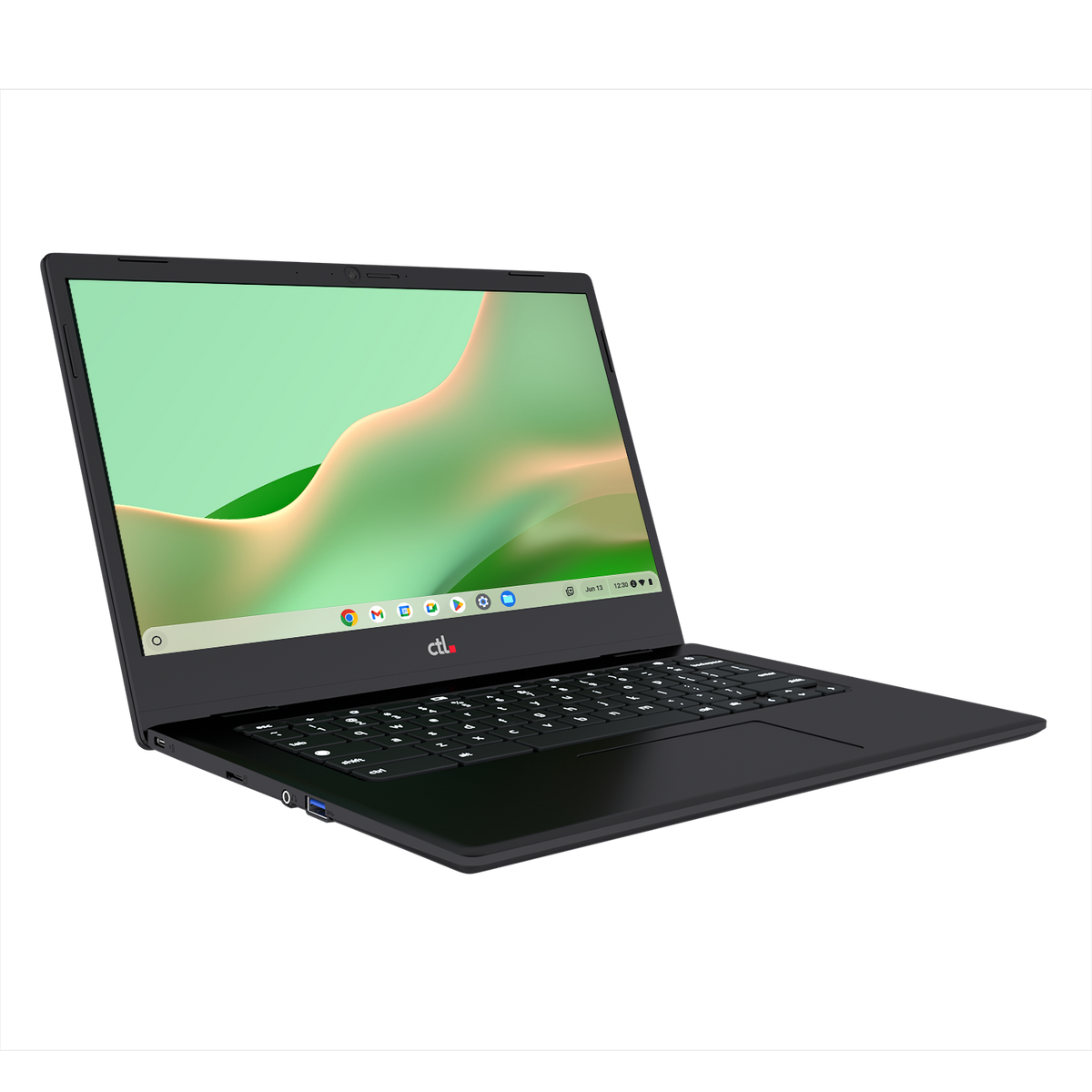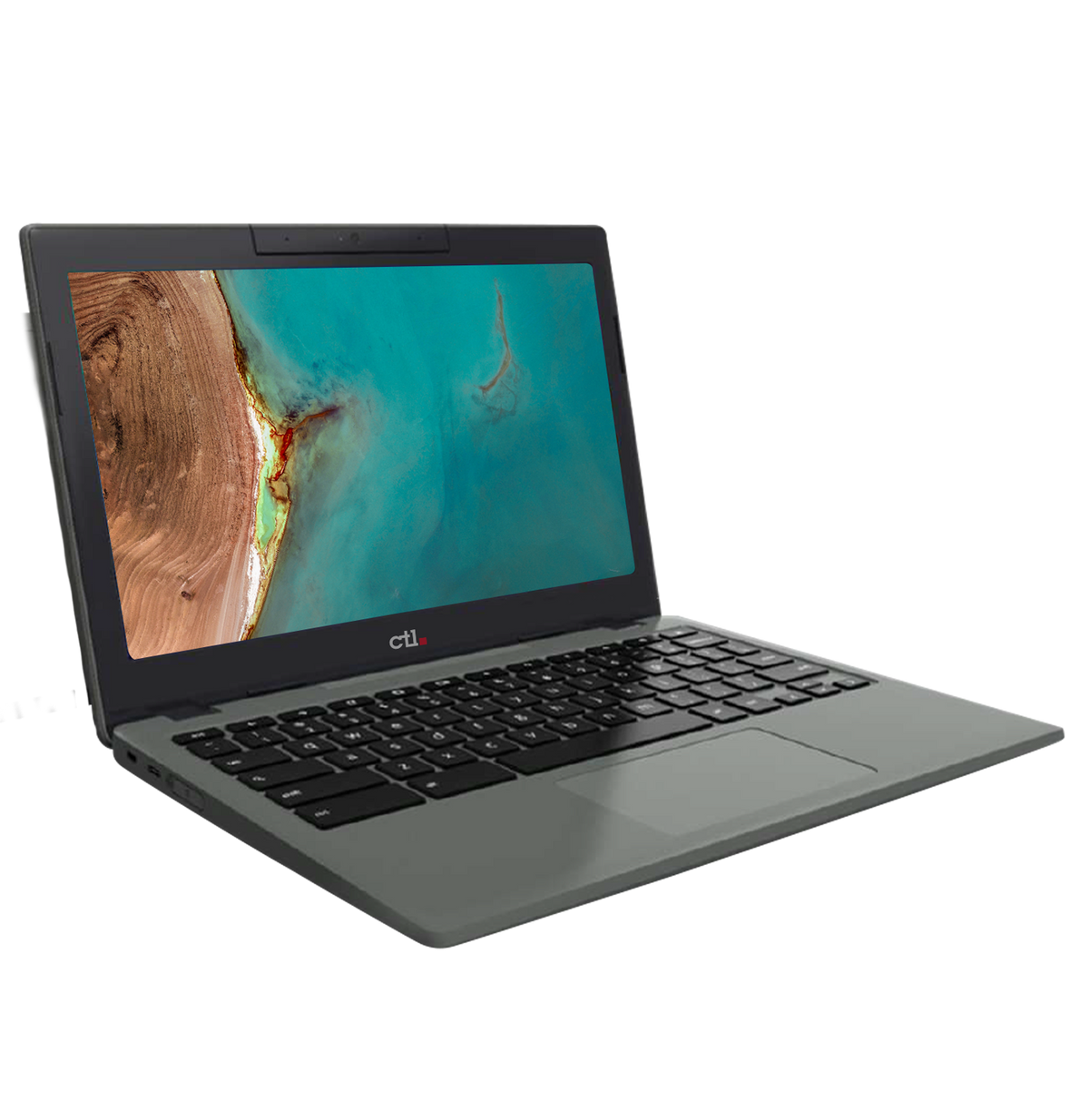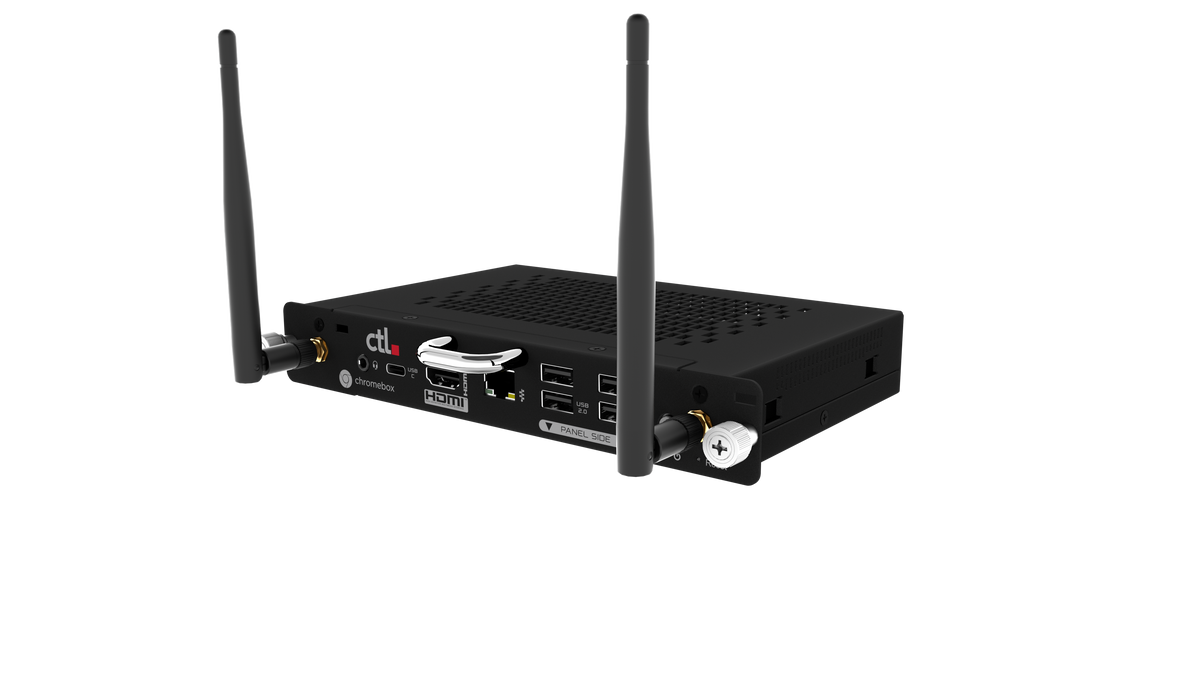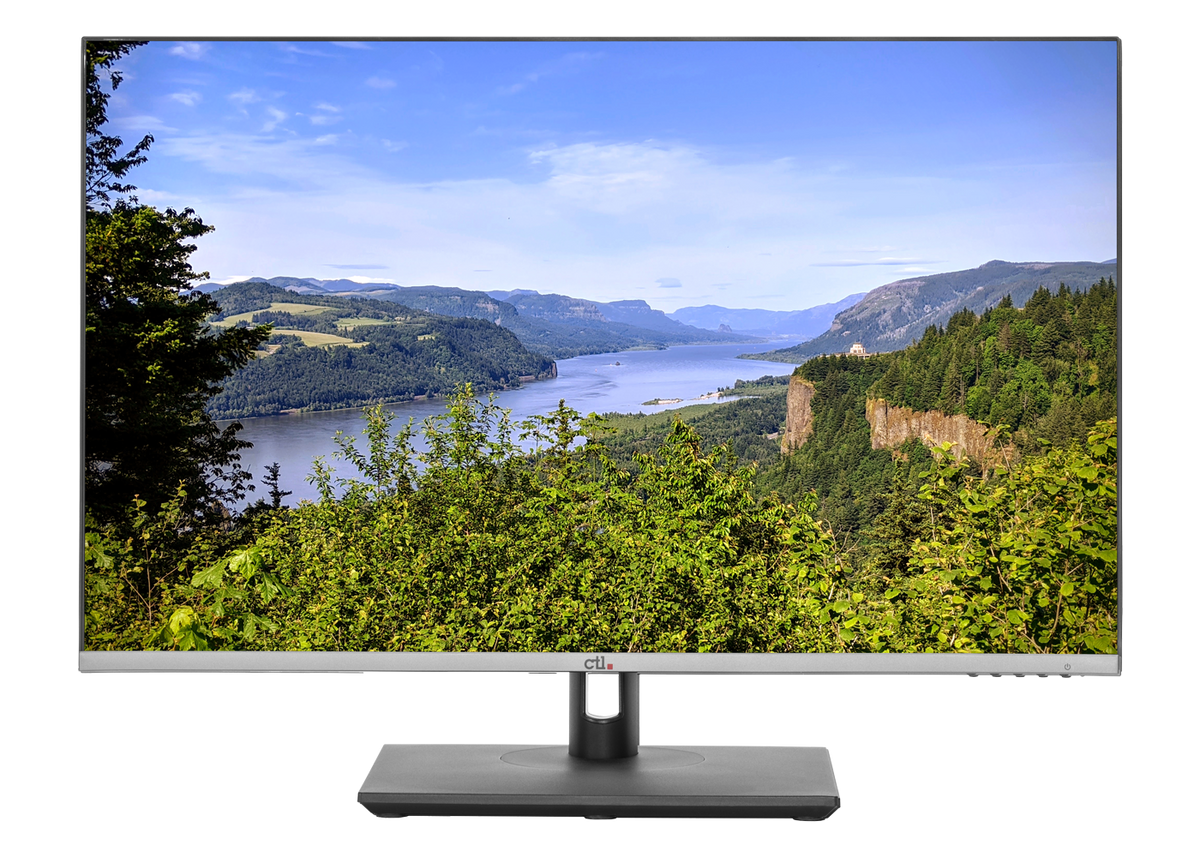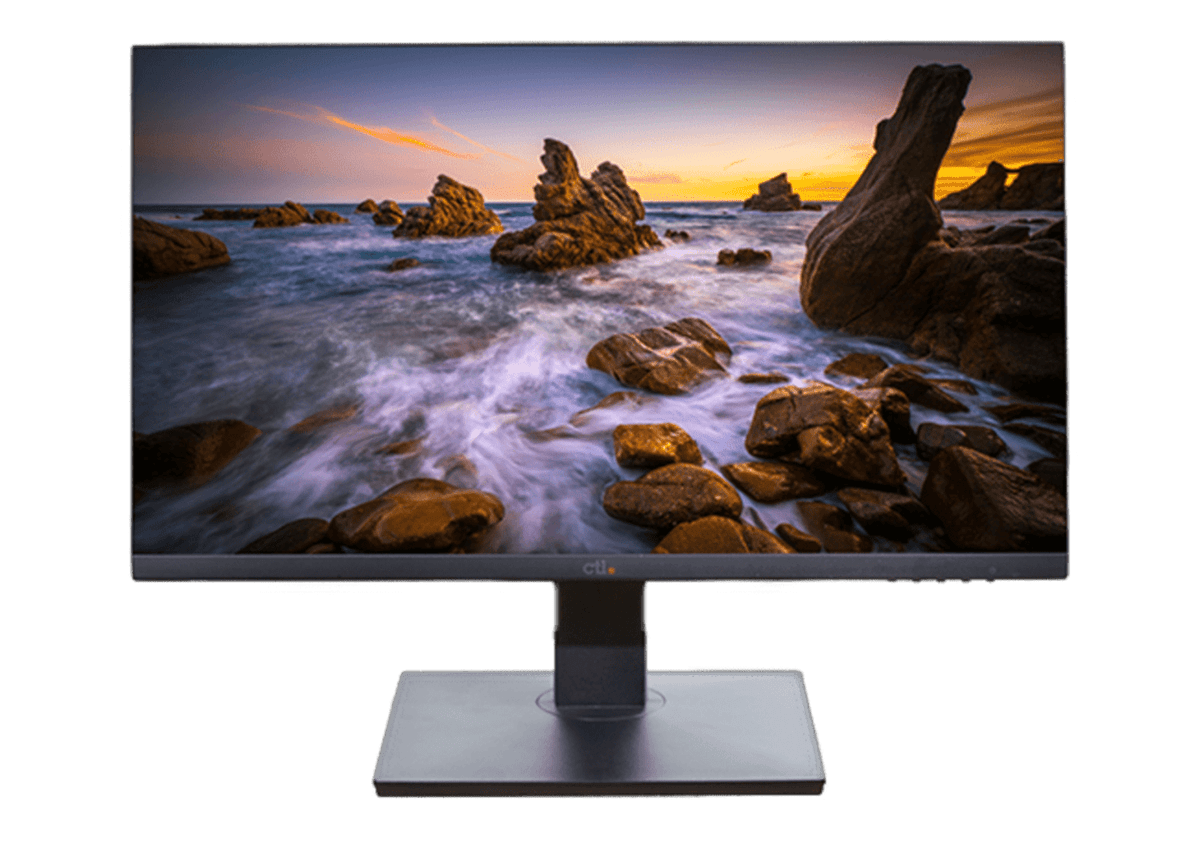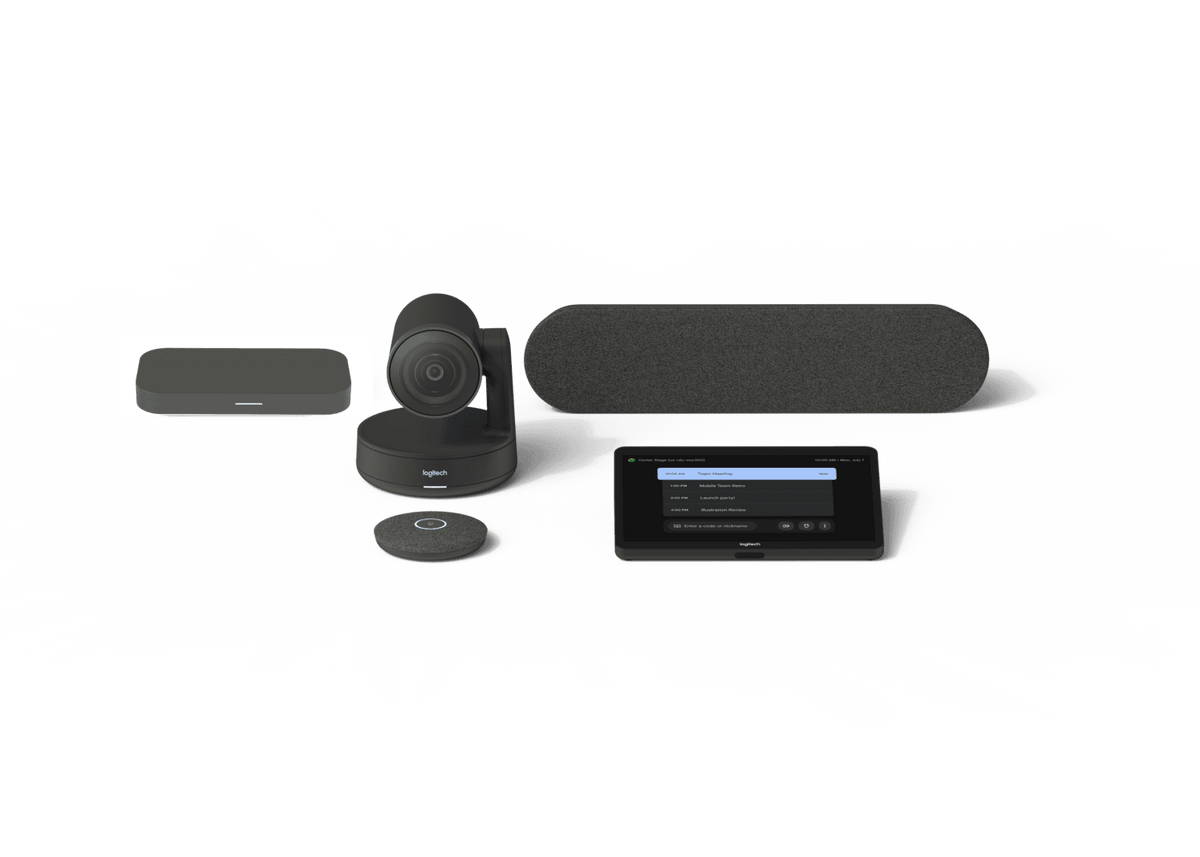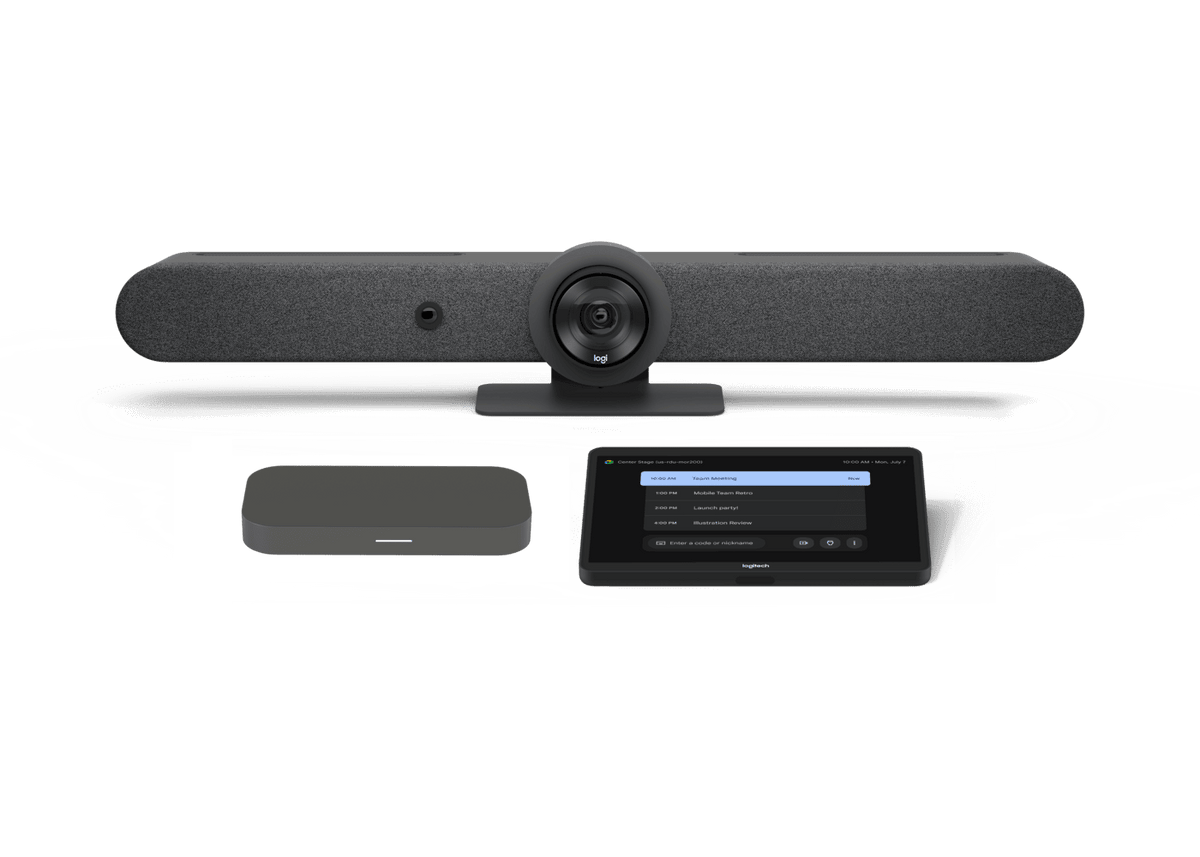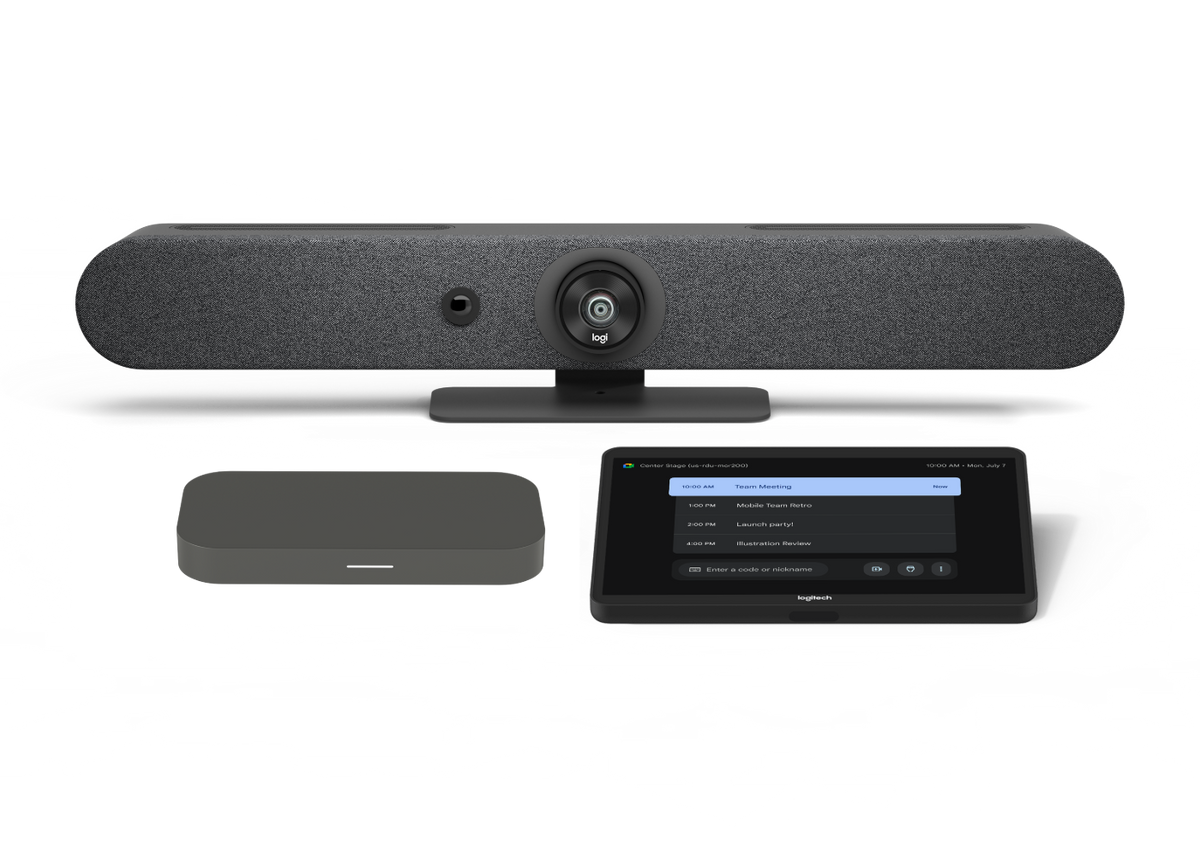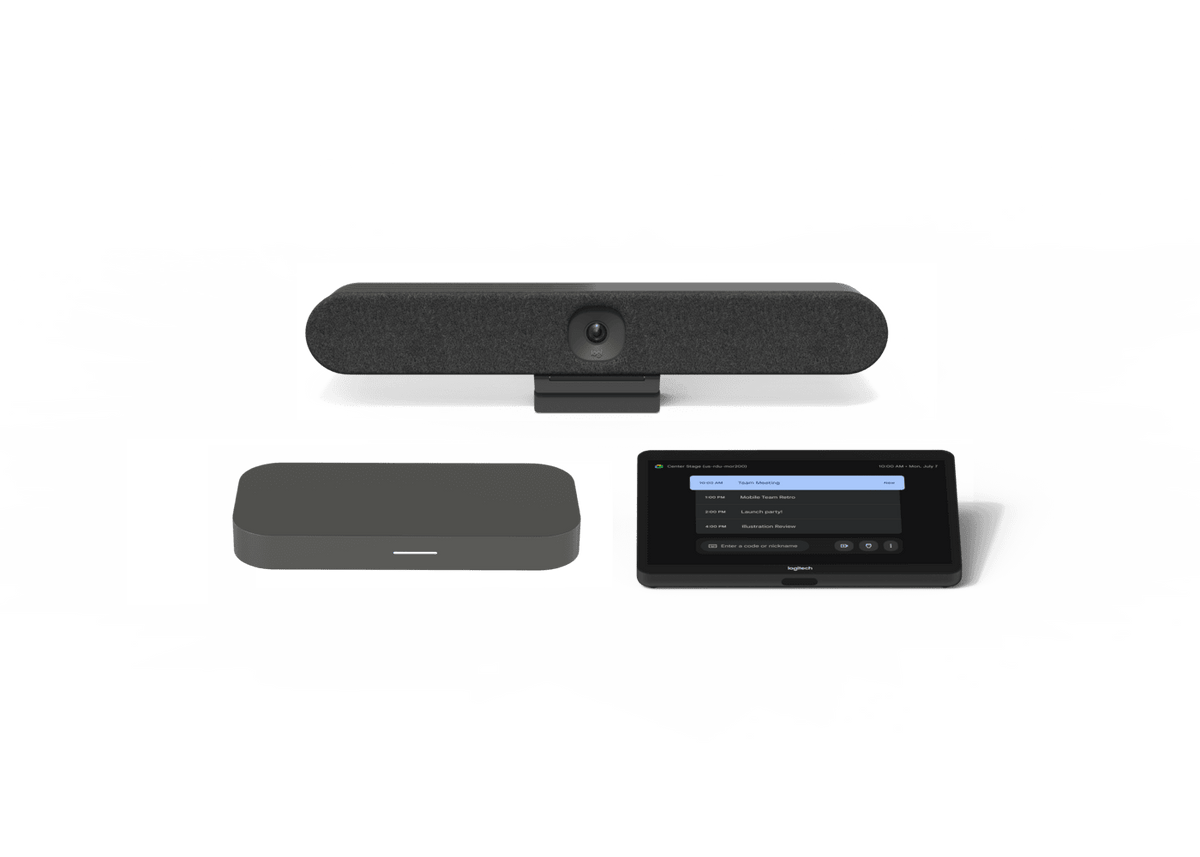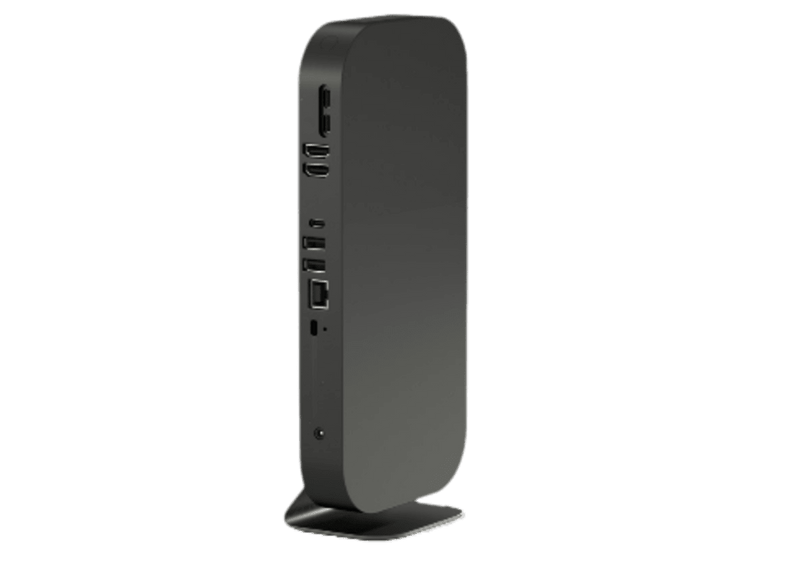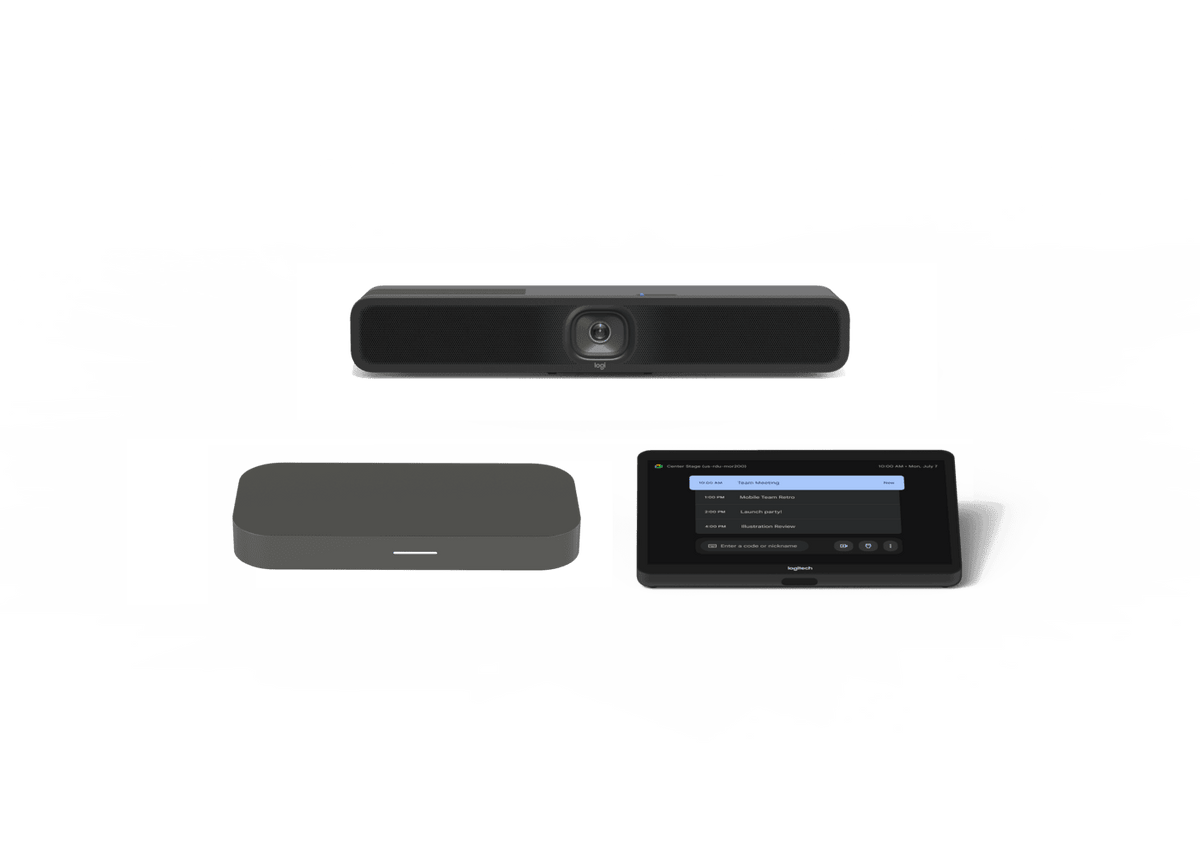Chromebooks are fantastic for their affordability, security, and durable mobility. But what if you need to stay connected even without Wi-Fi? Students, first responders, even frontline workers who use these devices may be better served by connecting to a private wireless network. An LTE-enabled Chromebook with built-in cellular connectivity is your answer. This blog will guide you through the key features to consider when choosing an LTE-enabled Chromebook based on insights from CTL, the leading LTE Chromebook manufacturer.
Freedom from Local Wi-Fi
The most compelling reason for an LTE Chromebook is ditching the reliance on Wi-Fi hotspots. This is especially useful for students or professionals who are constantly on the move, or those in areas with limited Wi-Fi access. With LTE, you can work, learn, or stream content uninterrupted, wherever you are.
In this way, schools and businesses alike can provide connectivity via a private wireless network, expanding the coverage area to, for example, an entire school district vs just the school campus. Read our case study on how the Tukwila School District in Washington is doing this now.
Private LTE and CBRS Networks
CTL is now supporting CBRS (Citizens Broadband Radio Service) networks. These are private LTE networks offering enhanced security and performance compared to public carrier networks. This can be crucial for organizations dealing with sensitive data.
CTL is a member of the OnGo Alliance, and was the first to introduce a Chromebook with Band 48 CBRS connectivity. In short, this newer Band 48 technology is ideal for school districts or anyone else interested to deliver connectivity with lower cost, faster speeds, higher user capacities, farther reach, and enhanced security. We recently covered this topic in a speaking presentation, read the summary here.

Choosing the Right SIM Card for Your Use Case
There are two main options for connecting to cellular networks: eSIM and traditional SIM cards. eSIMs are embedded chips within the Chromebook, allowing you to activate service plans from different carriers without needing a physical SIM card. Traditional SIM cards provide more flexibility as you can easily swap them between devices.
Future Proofing for 5G Connectivity
LTE will be giving way to 5G permanently in the next several years. As you think about buying LTE-enabled Chromebooks in the future, consider the Chromebook OEM’s path to shifting from LTE to 5G. Read about the Google and CTL roadmap to 5G.
Beyond Connectivity: The Chromebook Itself
Of course, cellular connectivity is just one piece of the puzzle. Consider the Chromebook's processing power, RAM, and storage space to ensure it meets your needs. Look for features like long battery life, durable build quality, and a comfortable keyboard for extended use. CTL offers various Chromebook models with LTE capabilities, including touchscreen options for a more versatile experience.
Making the Choice
By prioritizing your needs for connectivity, performance, and features, you can select the ideal LTE Chromebook. With its mobility, durability, and security advantages, an LTE Chromebook can be a game-changer for those who demand constant productivity on the go.
Learn more about LTE-Enabled Chromebooks
